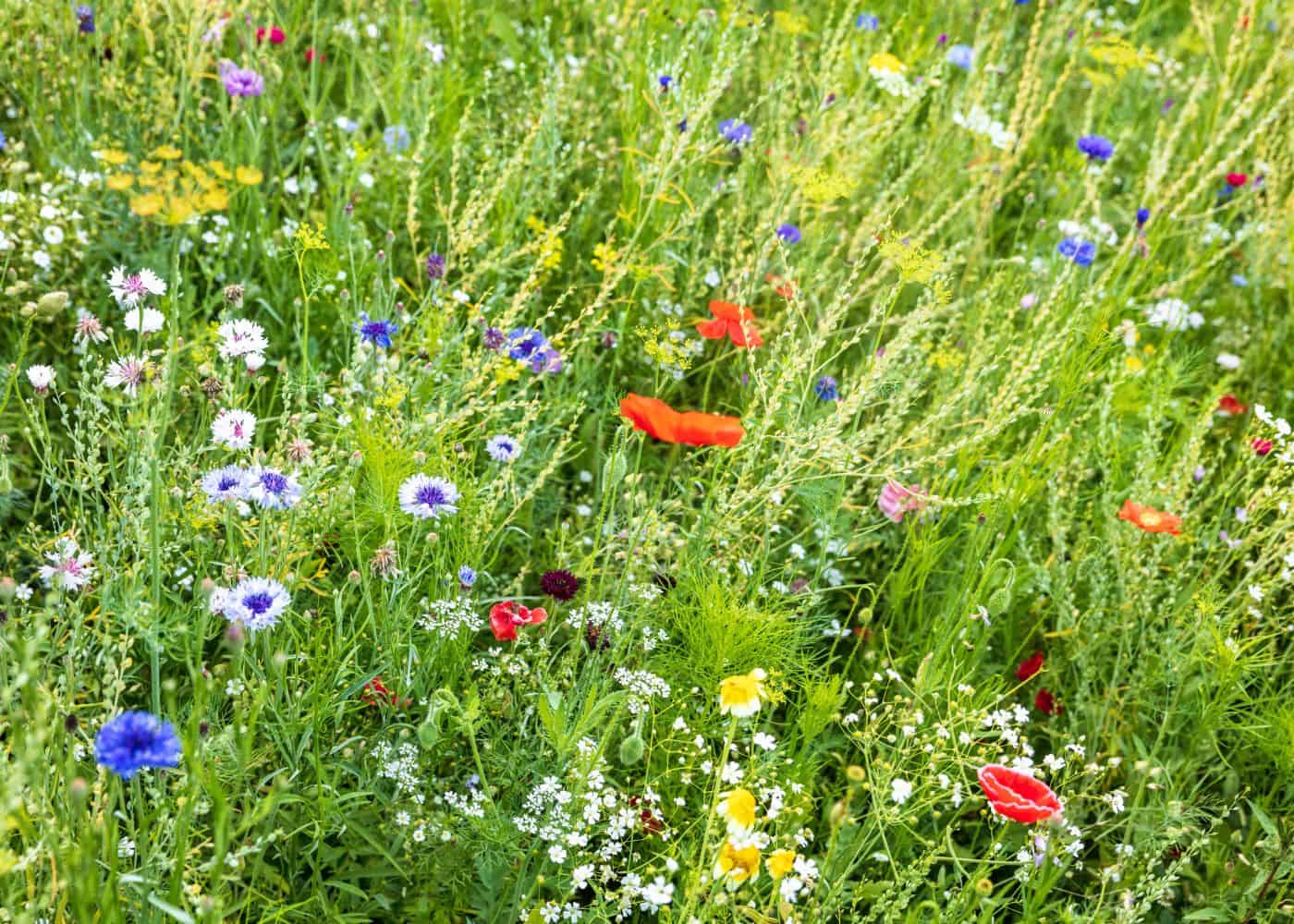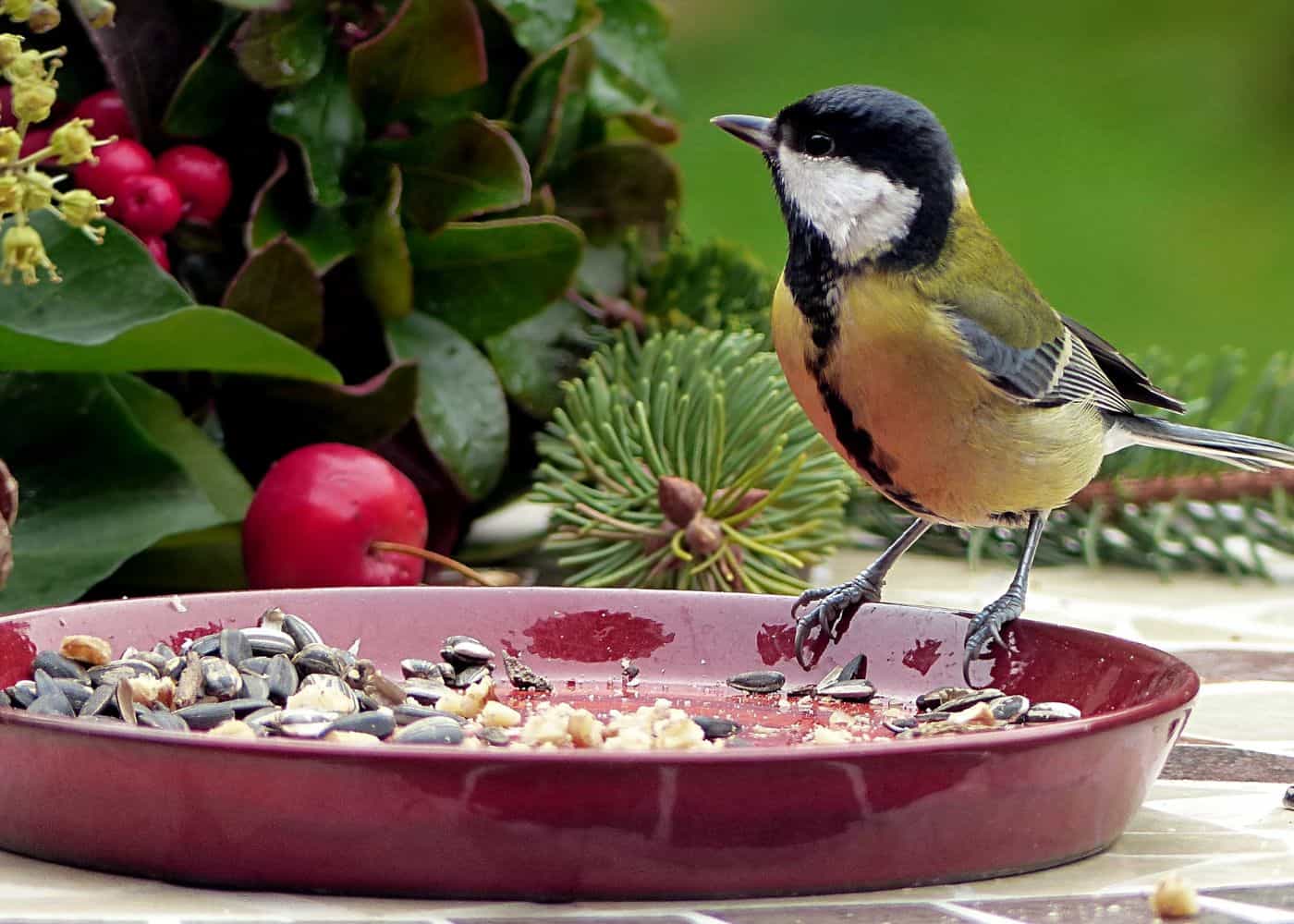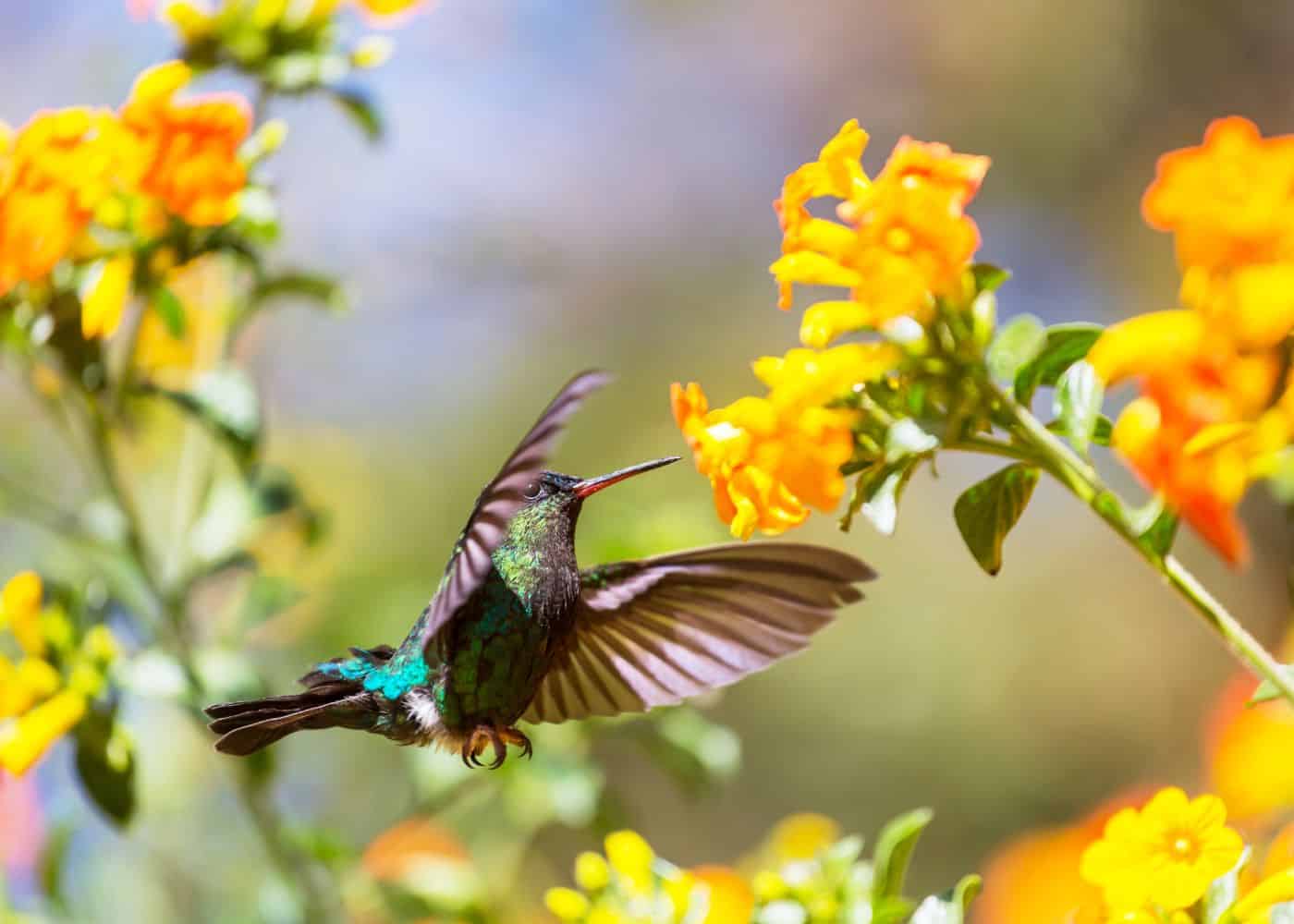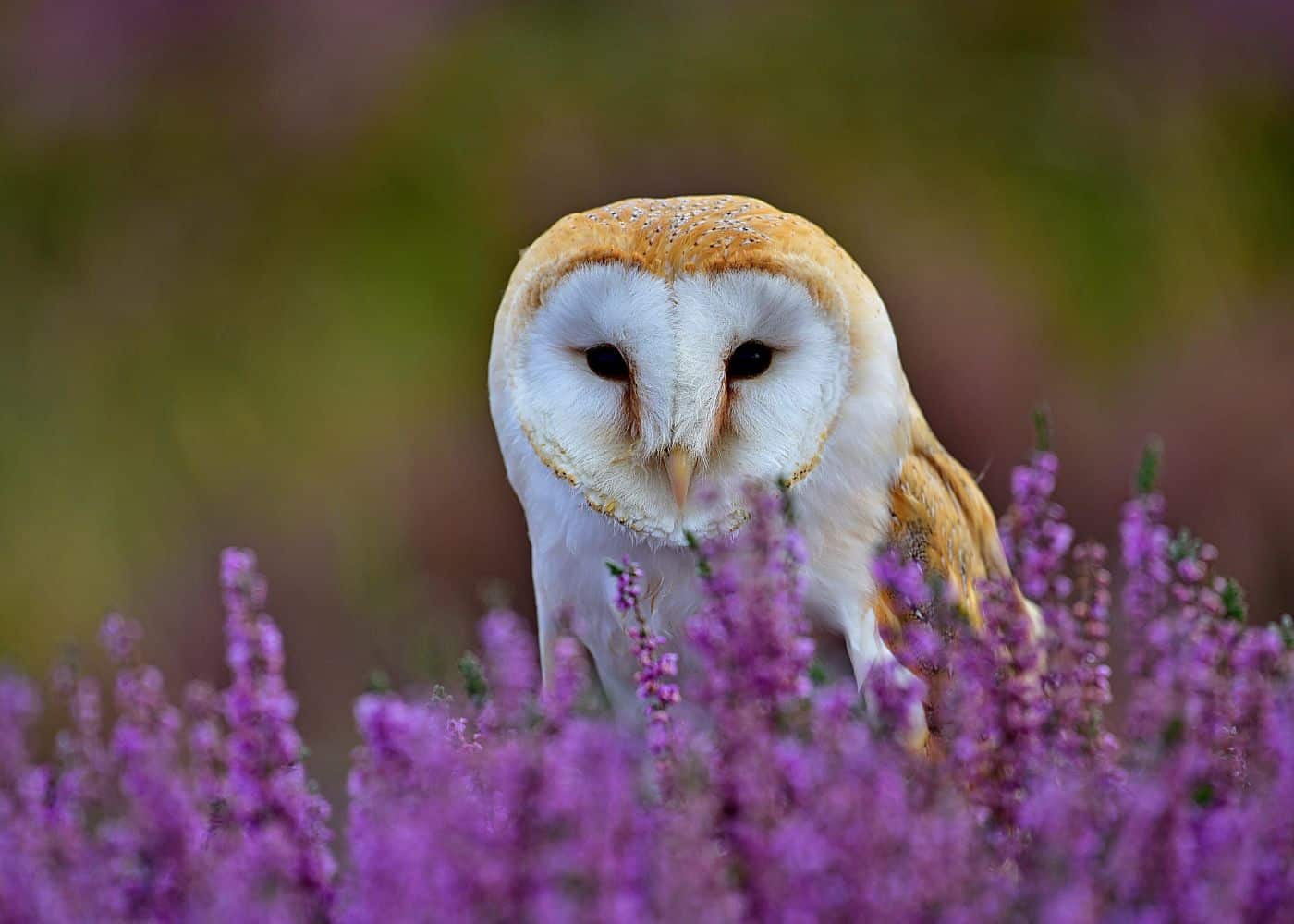When dealing with the hustle and bustle of life on a daily basis, who wouldn’t want to transform their outdoor space into a little slice of wilderness? Enter wildlife gardens.
Wildlife gardens are designed to attract wildlife and provide shelter for local animals, from small insects to larger garden friends. By choosing plants carefully, developing a design that prioritizes biodiversity, and carefully maintaining the space, you can have a flourishing eco-friendly backyard.

Introduction to wildlife gardens
Wildlife gardens are built with the environment in mind. They are curated gardens that encourage and support diverse wildlife species, supporting local populations and creating a backyard teeming with activity.
But the concept goes beyond merely attracting wildlife to your backyard, as pollinator gardens do. It aims to create entire habitats that increase your garden’s biodiversity, addressing today’s environmental challenges and improving your garden simultaneously.
Wildlife gardens don’t ignore the traditions of garden design. Rather, the goal is to maintain a beautiful space while reaping the benefits of bird, bee, and fluttering butterfly activity.
While the term ‘wildlife’ may conjure images of larger animals or insects, true wildlife gardens carry many more benefits. A well-designed wildlife garden is packed with life at all levels, from the macroscopic world of insects and invertebrates to the less visible universe of soil microorganisms – all integral parts of a healthy ecosystem.

Essential elements of wildlife gardens
Creating a biodiverse backyard involves more than a few plant choices and a bird bath. Careful design consists of supporting elements of all stages of life, from water to shelter.
Food is the first necessity to consider, especially as the seasons change throughout the year. A lot of this revolves around the plants you grow – berry-bearing trees and shrubs, seed-producing flowers, and nectar-rich blooms.
Next, make sure you think about a variety of water sources for different purposes. This addition can have the greatest influence on how much wildlife you attract. Although I’ve planted many plants and created small shelters for animals in my garden, the baths, and small ponds still see the most activity.
A water source could be anything from a small birdbath or shallow water dish for pollinators to a fully designed pond filled with plants and fish. Not only do these sources provide drinking water, but they also create habitats for aquatic animals, adding another layer of biodiversity to your garden.
A well-designed wildlife garden should also offer a range of habitats for different species. Dense shrubs, tall grasses, and log piles can provide hiding spots for small mammals and insects, while bird and bat boxes offer nesting spaces.
If you’re willing to leave a part of your lawn to grow wild, I’ve found that one of the most successful ways to increase activity in the garden. Alternatively, collect some garden debris like logs, twigs and leaves and make a small pile to create shelter for small animals, especially during fall and winter when temperatures drop.

How to start a wildlife garden in 4 steps
The creation of a wildlife garden doesn’t have to involve a total overhaul of your existing garden. It’s simply making conscious choices that will benefit wildlife in a few easy steps.
Step 1: Choose your plants
Choosing the right plants for your wildlife garden is a balance. You need to understand the connections between local flora and fauna and use this knowledge to create a thriving, biodiverse ecosystem.
Most gardeners start with native plants. These plants have evolved in the specific conditions of your region, making them well-suited to your local climate, soil, and seasonal changes. They are likely to thrive with less maintenance and have higher resistance to local pests and diseases.
But their significance extends beyond their resilience. Native plants form the foundation of the local food chain. They provide nectar, pollen, seeds, fruits, and foliage that native insects, birds, and other animals depend on for nutrition. Many native insects can only feed on specific native plant species. By planting these, you support the entire food chain, from the smallest insects to birds and mammals.
Diversity is also key in a wildlife garden. Try to incorporate a variety of plant types, including trees, shrubs, and perennials. This variety ensures a broader range of wildlife can find suitable food and habitat in your garden.
When looking for plants in each category, prioritize options that provide food sources for wildlife. Flowering plants, especially those that bloom continuously through the growing season, offer nectar and pollen for various pollinators. Plants producing seeds, nuts, or berries cater to different bird species, while others might provide a host site for insects or caterpillars.
Dense shrubs, evergreens, and plants with thorny branches can offer nesting spaces and protection from predators. Similarly, plants with various heights and structures, from ground covers to towering trees, provide multiple layers of habitats to mimic a natural environment.
Step 2: Decide on your design
A well-designed wildlife garden should balance your aesthetic preferences and the practical needs of wildlife.
Start by envisioning your garden’s overall structure. A multi-tiered habitat is best for replicating natural environments. Include tall trees for birds of prey, shrubs for small mammals, and low-lying plants and ground covers for insects and amphibians. Don’t forget to integrate climbers and creepers that can travel along walls and fences, providing corridors for climbing animals.
Next, it’s time to add water. If you’re willing to keep up with maintenance, a pond could serve as the centerpiece of your garden design, attracting amphibians and offering a drinking spot for birds and mammals. If space is at a premium, a small birdbath, a trickling water feature, or a shallow dish of water will all be beneficial.
Your design can also revolve around the specific needs of the wildlife you want to attract. For example, if you want to make your garden a haven for birds, you need bird boxes or trees and shrubs with dense foliage that provide safe nesting spots. If butterflies and bees are your primary targets, plant nectar-rich flowers in sunny, sheltered locations.
Wildlife gardens, by nature, should be a little wild. Resist the urge to tidy every corner of your garden. Leave some areas undisturbed, with fallen leaves or rotting logs, to provide natural habitats and to enable beneficial organisms to thrive.
Step 3: Get planting
Planting is the moment when your plans begin to take shape. Begin by thoroughly preparing the soil, as this forms the foundation of your garden. Pull out any weeds and amend with plenty of homemade compost or leaf mold if you have to improve soil structure and fertility.
When planting, start with the largest elements – trees and shrubs. These form the canopy and mid-level structure of your garden, offering shelter and food for various types of wildlife. Next, move on to smaller plants. These might be perennials or ground covers that provide additional food sources and cover.
If you’ve included a pond in your design, aquatic plants should be your last addition. These plants will contribute to the overall aesthetics of your pond and keep the water clear at the same time, providing a habitat for various aquatic creatures.
Although you may want your garden to look abundant and overflowing from the start, always consider the spacing required for each plant to grow to its full potential. Overcrowding can lead to competition for resources and will end up hindering growth rather than helping it. It can also interfere with air circulation around the plants, making them more susceptible to diseases.
Your garden may not attract wildlife immediately, but you will certainly notice a difference once the plants settle in and become part of your landscape.

Step 4: Wildlife garden care
After planting, the hard work is not over. Essential seasonal care (that applies to any garden type) will help keep it in the best shape possible.
Initially, you will need to water regularly to help your plants establish themselves. Once they are well-rooted, native plants should generally require minimal watering and attention. During particularly dry periods, you may need to supplement with additional water, but you can largely look to rain to deal with your later watering needs.
A defining feature of a wildlife garden is minimal reliance on chemicals to protect local wildlife. Resist the temptation to resort to chemical fertilizers, pesticides, or herbicides that can disrupt the delicate ecosystems you aim to foster. Instead, opt for organic and natural pest control methods and plant nutrition like companion planting and composting. Composting is generally an excellent practice for any garden type, turning kitchen and garden waste into nutrient-rich food for your plants and soil.
If you’re a hands-off gardener (or the description I like to use for my approach – a lazy gardener), wildlife gardens will be one of the best decisions you can make. These spaces inherently thrive when they err on the side of the wild and unkempt. They shouldn’t become complete chaos, but a level of organized chaos can be a benefit. For example, consider leaving fallen leaves where they land rather than completing a rigorous fall clean-up. These leaves can offer shelter for beneficial insects and replenish the soil’s nutrients as they decompose.
The occasional prune can help maintain the health of your trees and shrubs, but remember that many creatures might be using them for shelter or as nesting sites, so timing is essential. Conduct any significant pruning either before early spring or in late fall. A ‘chop and drop’ approach, often employed in the creation of food forests, can also benefit wildlife and boost soil health.
Caring for a wildlife garden is about striking a balance between planning and letting nature take over. The goal is to create a self-sustaining, balanced ecosystem where each species can play its part.







